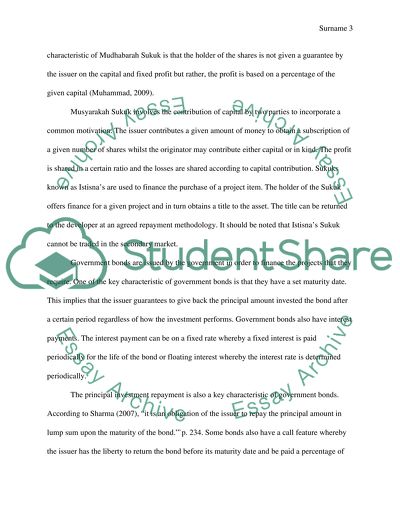Cite this document
(“Issuanc of sukuk and bonds in Malasiay Essay Example | Topics and Well Written Essays - 2750 words”, n.d.)
Retrieved from https://studentshare.org/law/1398593-issuanc-of-sukuk-and-bonds-in-malasiay
Retrieved from https://studentshare.org/law/1398593-issuanc-of-sukuk-and-bonds-in-malasiay
(Issuanc of Sukuk and Bonds in Malasiay Essay Example | Topics and Well Written Essays - 2750 Words)
https://studentshare.org/law/1398593-issuanc-of-sukuk-and-bonds-in-malasiay.
https://studentshare.org/law/1398593-issuanc-of-sukuk-and-bonds-in-malasiay.
“Issuanc of Sukuk and Bonds in Malasiay Essay Example | Topics and Well Written Essays - 2750 Words”, n.d. https://studentshare.org/law/1398593-issuanc-of-sukuk-and-bonds-in-malasiay.


